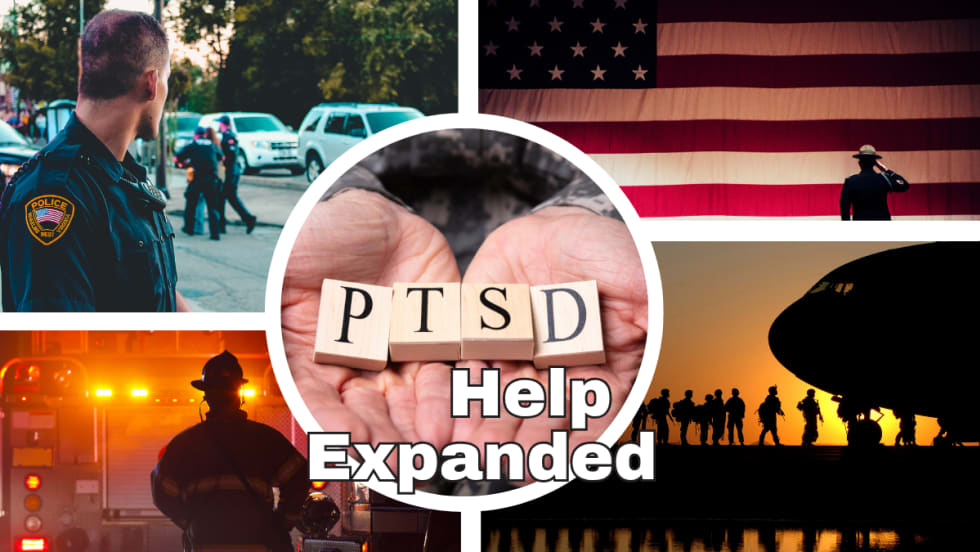Surplus uniforms might be free, but procuring them takes some work. First, make yourself available to immediately respond and pick up any requested uniforms and equipment when notified by a larger department. By doing this and taking everything you're offered, you will make friends with the person responsible for running the agency’s uniform department. He or she will remember this when more become available later. You will also be remembered in the event that other non-uniform equipment may need a new home when it is replaced by newer models.[PAGEBREAK]At the outset, you’ll need to put in some work to identify what you've been given. You will usually get a mix of uniforms and equipment in various sizes, conditions, colors, and cuts, in both men's and ladies' styles thrown together in mixed boxes. While some might discount such a mishmash as junk, a little time and effort sorting everything into sizes, seasons, and other categories will likely reveal a wide range of useful items. Initial sorting will also provide you with a good base to start from and make it easier for you to organize and manage your own uniform program going forward.
You might be tempted to automatically trash any soiled garments you receive. This is the biggest mistake you can make. You are dealing with "free surplus" and should expect to expend a little labor. For example, I've acquired white uniform shirts that had collar stains, pen marks on the pockets, and some dirt and dust from being stored or turned in unwashed. A little bleach and soap powder in a home or department washer usually gets them clean. I then fold them and box them until ready to issue them to my officers.
Only when ready to outfit an officer do I take a uniform to be issued to the local dry cleaner (where I have already worked out a discount plan or can get the same prices provided to larger departments). There, I have it cleaned and pressed and the shoulder patches sewn on. The cost of this service is usually less than $8 per shirt. Compared to the $69.95 price the larger department paid originally for the shirt plus labor to sew on the patches, it is a real budget saver. You can’t tell the difference when "old" and new shirts are compared side by side.
When it comes to nylon coats and jackets, there's no need to do much other than pull loose threads left over from shoulder or rank patch removal. New patches will cover where the original ones were and most sewing holes will close back up when cleaned.
When sorting, don't make the mistake of throwing away a coat without a liner, or a spare liner by itself. Many officers like me don't like the bulkiness of a coat with a liner and immediately remove it when issued a coat or jacket. When turned in, these are sometimes still separated. You may also get forgotten liners that are located later and turned in. You can frequently pair the extras up later since even different brands of coats all use similar systems for attaching them. Remember, do not waste your money to dry clean any coat until you are ready to issue it. It will probably cost $12.50 for cleaning and patches versus $225 for the same coat new.












